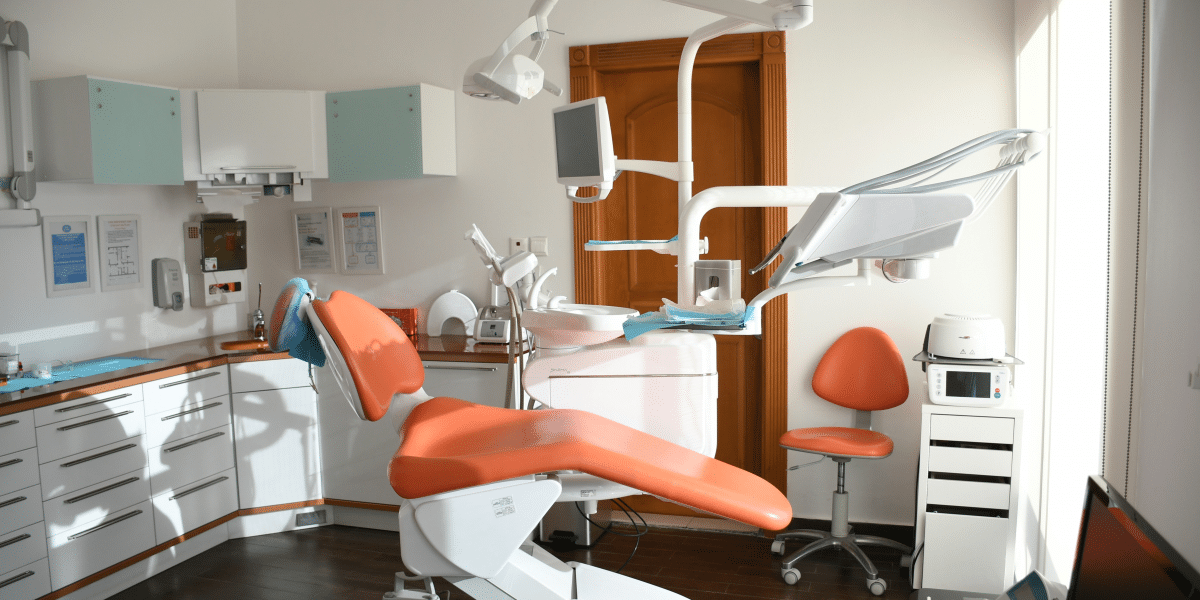Are you looking to add a new dimension to your language skills while also boosting your dental knowledge? Whether you’re a student, a healthcare professional, or simply curious about expanding your vocabulary, mastering these key terms will not only enhance your linguistic abilities but also provide valuable insight into the world of dentistry. From common procedures to oral health terminology, this article will equip you with the tools needed to navigate dental conversations with confidence and precision in Spanish. So, grab your notebook and get ready to delve into the fascinating intersection of language and healthcare as we unravel the intricacies of dental terminology en español!
Introduction: Importance of dental vocabulary in Spanish
1. Basic Dental Terms:
Understanding basic dental terms is fundamental for effective communication with your dentist and oral healthcare providers. One important term to grasp is plaque, a sticky film of bacteria that forms on teeth and can lead to cavities and gum disease if not removed regularly. Another essential term is enamel, the hard outer layer of the tooth that protects it from decay.
Familiarizing yourself with these terms can empower you to take better care of your oral health and make informed decisions about dental treatments.
Additionally, knowing the term gingivitis is crucial as it refers to inflammation of the gums, often caused by inadequate brushing or flossing. By recognizing this term, you can identify early signs of gum disease and seek timely intervention from your dentist. Furthermore, understanding the crown as a cap placed over a damaged tooth can help demystify discussions around restorative dental procedures. Enhancing your knowledge of these basic dental terms equips you with the language necessary to navigate discussions about your oral health confidently.
Key terminology for beginners
Understanding Spanish for dentists is vital for anyone looking to improve their Spanish skills and excel in the field of dentistry. One fundamental term to grasp is caries, which refers to tooth decay caused by bacteria. By learning this term, one can better communicate with patients and colleagues in a dental setting. Another crucial term is placa bacteriana, which translates to bacterial plaque and highlights the importance of good oral hygiene practices.
Moving on, familiarizing oneself with periodontia is essential as it pertains to periodontics, the branch of dentistry that focuses on treating gum diseases. This term underscores the significance of maintaining healthy gums for overall oral health. By mastering these foundational terms, beginners can begin their journey toward fluency in dental Spanish while gaining a deeper understanding of essential dental concepts.
2. Tooth Anatomy Terminology:
Understanding tooth anatomy terminology is a fundamental aspect of dental knowledge. One key term to grasp is enamel, the hard outer layer that protects the inner structures of the teeth. The enamel plays a crucial role in safeguarding teeth from decay and damage, making its strength vital for overall oral health.
Moving deeper into the tooth structure, we encounter the dentin, a dense, bony tissue lying beneath the enamel. Dentin serves as a protective barrier for the sensitive pulp chamber within the tooth, housing nerves and blood vessels. Familiarizing yourself with these terms not only enhances your dental vocabulary but also allows for clearer communication with dental professionals during checkups or procedures.
Understanding the parts of a tooth
The outer layer of the tooth is called enamel, which is one of the hardest substances in the human body. Beneath the enamel lies the dentin, a yellowish tissue that makes up most of the tooth’s structure and contains tiny tubes filled with fluid.
The pulp is located at the center of the tooth and consists of nerves, blood vessels, and connective tissue. This part of the tooth is crucial for sensing hot and cold temperatures as well as pain. The roots are the anchor of the tooth, securing it into the jawbone to provide stability and support for chewing and speaking. Understanding these different parts can help you appreciate the complexity and importance of your dental health.
3. Common Dental Procedures:
One common dental procedure that many people may not be aware of is dental bonding. This procedure involves applying a tooth-colored resin material to repair teeth that are chipped, decayed, or discolored. Dental bonding can enhance the appearance of your smile and restore the functionality of damaged teeth in just one visit to the dentist.
Another important dental procedure is root canal therapy, often feared by patients due to its reputation. However, this procedure is crucial for saving an infected or severely damaged tooth from extraction. Root canal therapy involves removing the infected pulp inside the tooth, cleaning and disinfecting the area, and then sealing it to prevent further infection. Despite its bad rap, root canal therapy can actually relieve pain and save a tooth from being lost.
Lastly, dental crowns are essential for restoring teeth that have been significantly damaged or weakened. Crowns are custom-made caps that cover a tooth entirely above the gum line to protect it from further damage and restore its shape and function. Whether you have a broken tooth or need to support a large filling, dental crowns are versatile solutions that can greatly improve your oral health and smile aesthetics.
Vocabulary for common dental treatments
When it comes to common dental treatments, understanding the vocabulary can help alleviate any anxiety about visiting the dentist. For instance, fluoridation refers to the process of applying fluoride to strengthen tooth enamel and prevent cavities. Knowing this term can empower you to make informed decisions about your oral health. Similarly, scaling and root planing is a deep cleaning procedure that targets gum disease and helps maintain healthy gums.
Additionally, familiarity with terms like crown and bridge can demystify these treatment options when discussing them with your dentist. A crown is a cap placed over a damaged tooth for protection and restoration purposes, while a bridge replaces missing teeth by anchoring them onto neighboring teeth. This knowledge allows for more meaningful conversations with dental professionals regarding your treatment choices. These essential terms provide a foundation for navigating the world of dental care confidently in Spanish.
4. Oral Hygiene Tips in Spanish:
When it comes to maintaining good oral hygiene, there are some key tips that we should all keep in mind. First, brushing your teeth at least twice a day is essential to prevent plaque buildup and maintain a healthy smile. Also, don’t forget to floss daily to clean between your teeth and remove dirt that the brush can’t reach.
Another important aspect of oral hygiene is visiting the dentist regularly for checkups and professional cleanings. These appointments are crucial to detecting dental problems early and avoiding serious complications in the future. Finally, remember to be aware that a balanced, low-sugar diet helps protect your teeth and gums. Taking care of your oral health is investing in your general well-being!
Promoting good oral health habits
Promoting good oral health habits goes beyond just brushing and flossing daily. It involves being mindful of what we eat and drink, as well as regular visits to the dentist for checkups and cleanings. By incorporating a holistic approach to oral health, we can ensure our teeth and gums stay healthy for years to come.
One important aspect of maintaining good oral health is understanding the connection between our overall health and dental well-being. Research has shown that poor dental hygiene can lead to various systemic diseases, such as heart disease and diabetes. It’s crucial to see our mouths not in isolation but as integral parts of our bodies that require attention and care.
5. Emergency Dental Situations:
In the world of dental emergencies, time is of the essence. Whether it’s a sudden toothache that won’t subside or a knocked-out tooth from a sports mishap, knowing how to react swiftly can make all the difference in saving your smile. The key is to stay calm and seek immediate help from a trusted emergency dentist who can provide the necessary care and guidance.
One common emergency dental situation is a cracked or broken tooth, which can be both painful and alarming. In such cases, rinse your mouth with warm water and apply a cold compress to reduce swelling. It’s crucial not to ignore any signs of infection or severe pain as they could indicate more serious underlying issues that require urgent attention. Remember, being prepared and informed about handling these situations can help you navigate through dental emergencies with confidence and ease.
Knowing what to say during emergencies
In moments of emergencies, the ability to communicate clearly can be a lifesaver. In the context of dental emergencies, knowing what to say in Spanish can make a crucial difference in receiving prompt care and attention. Simple phrases like Me duele el diente (My tooth hurts) or Necesito ver a un dentista urgente (I need to see a dentist urgently) can convey urgency and ensure swift action is taken.
Moreover, understanding key dental terms in Spanish, such as caries for cavities or extracción for extraction, can help you articulate your concerns accurately. Being able to explain symptoms like sensitivity or swelling with precision allows for better diagnosis and treatment options.
Empowering yourself with the language skills needed during emergencies not only boosts confidence but also facilitates efficient communication, ultimately leading to better outcomes and care.
Published by: Martin De Juan




















